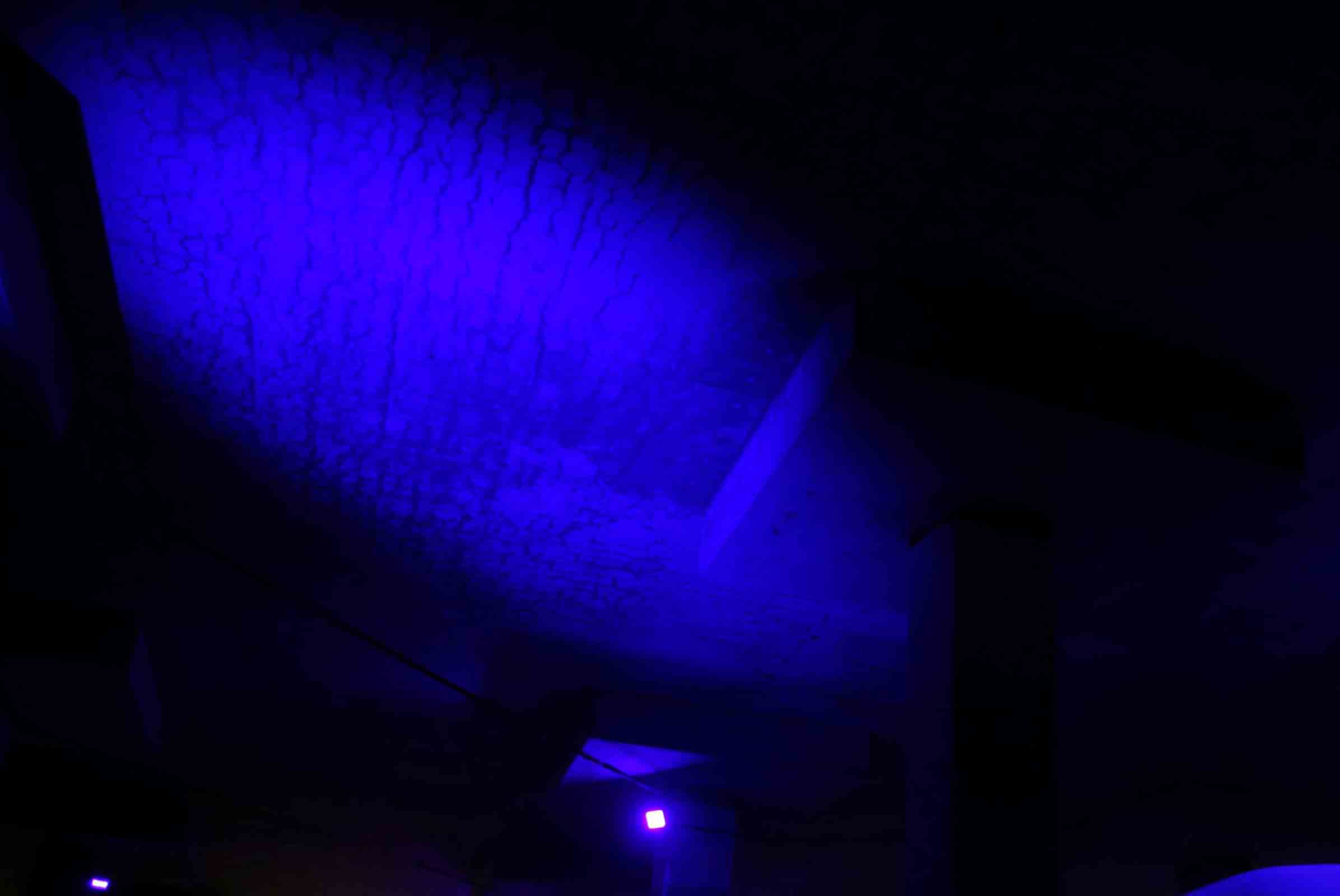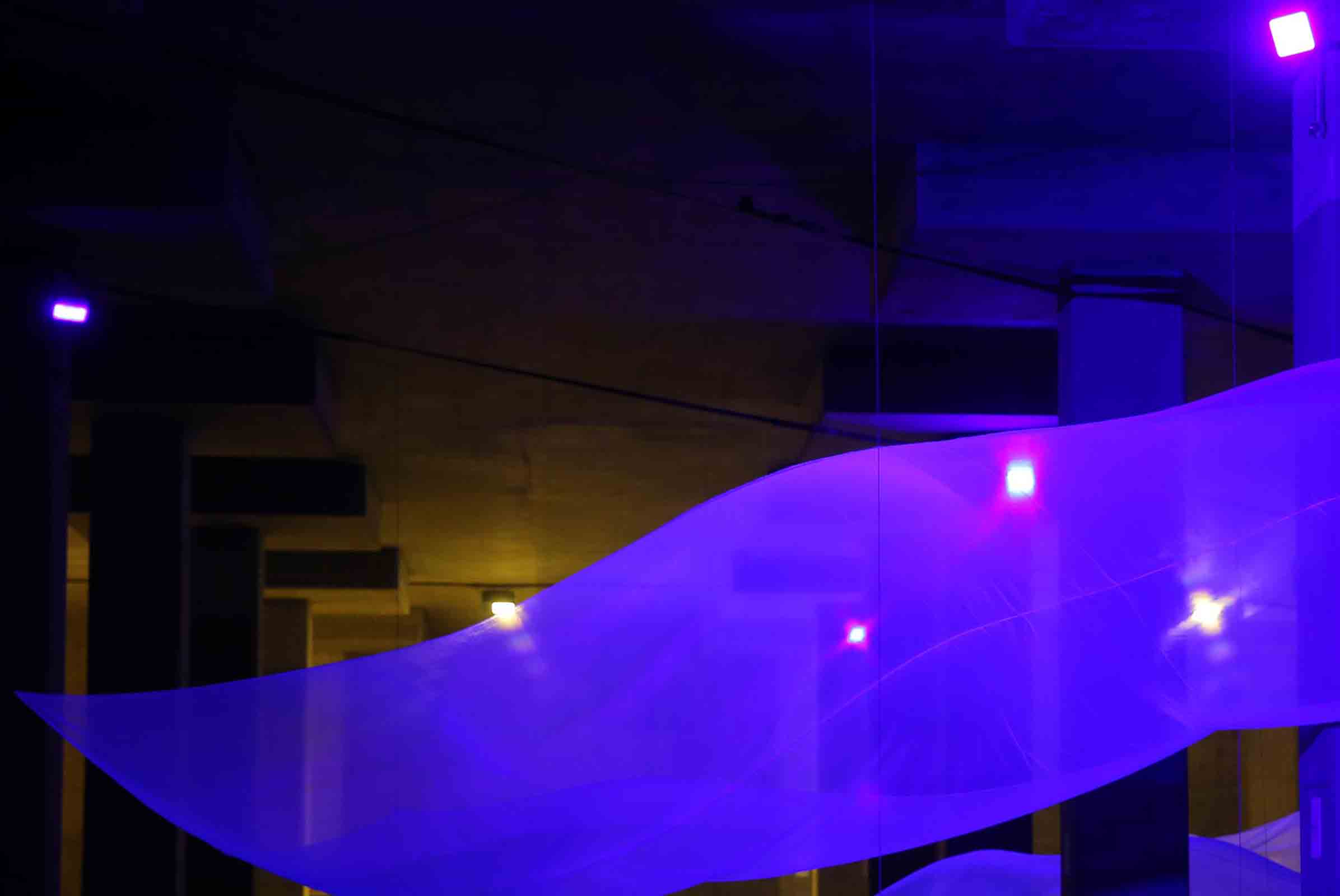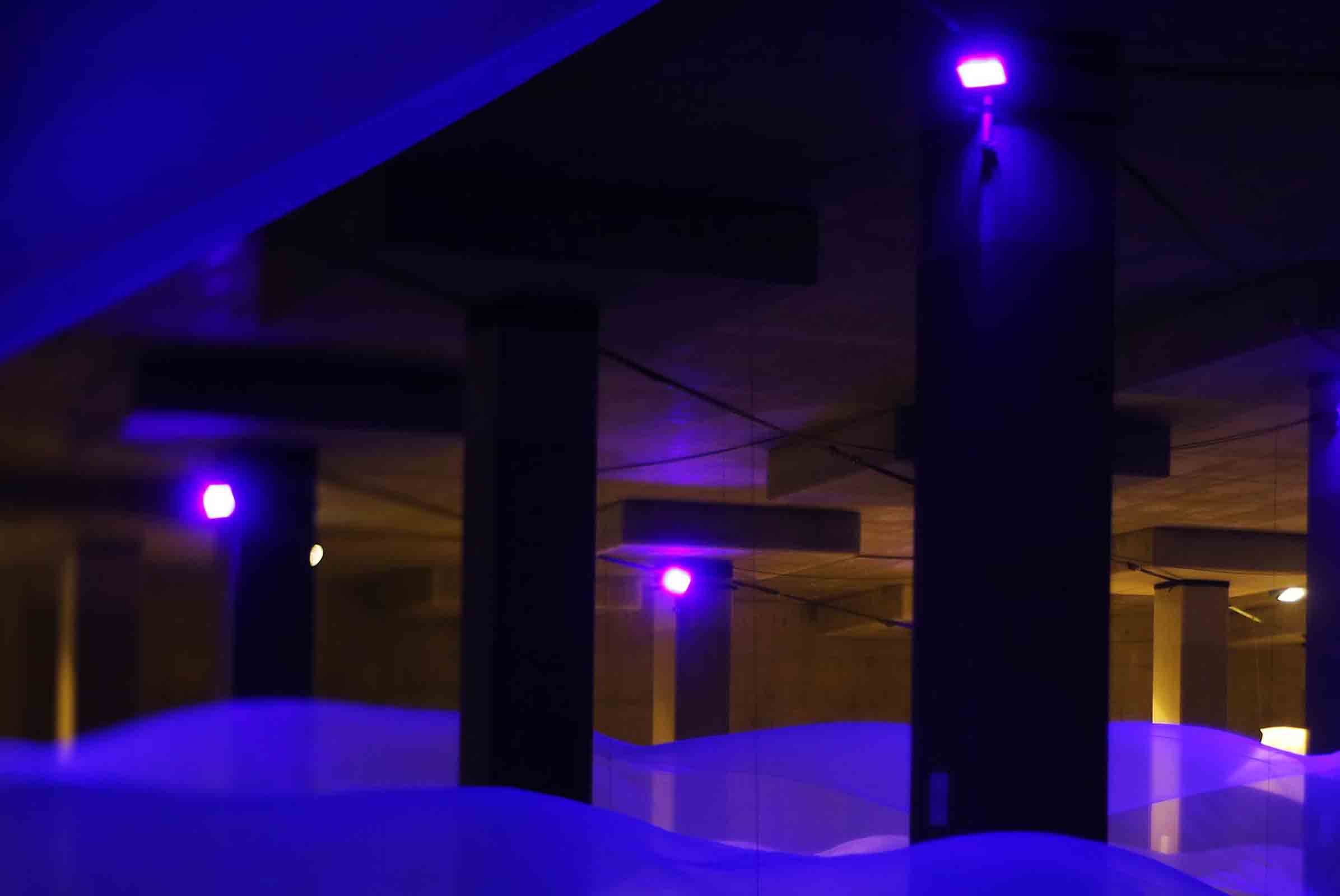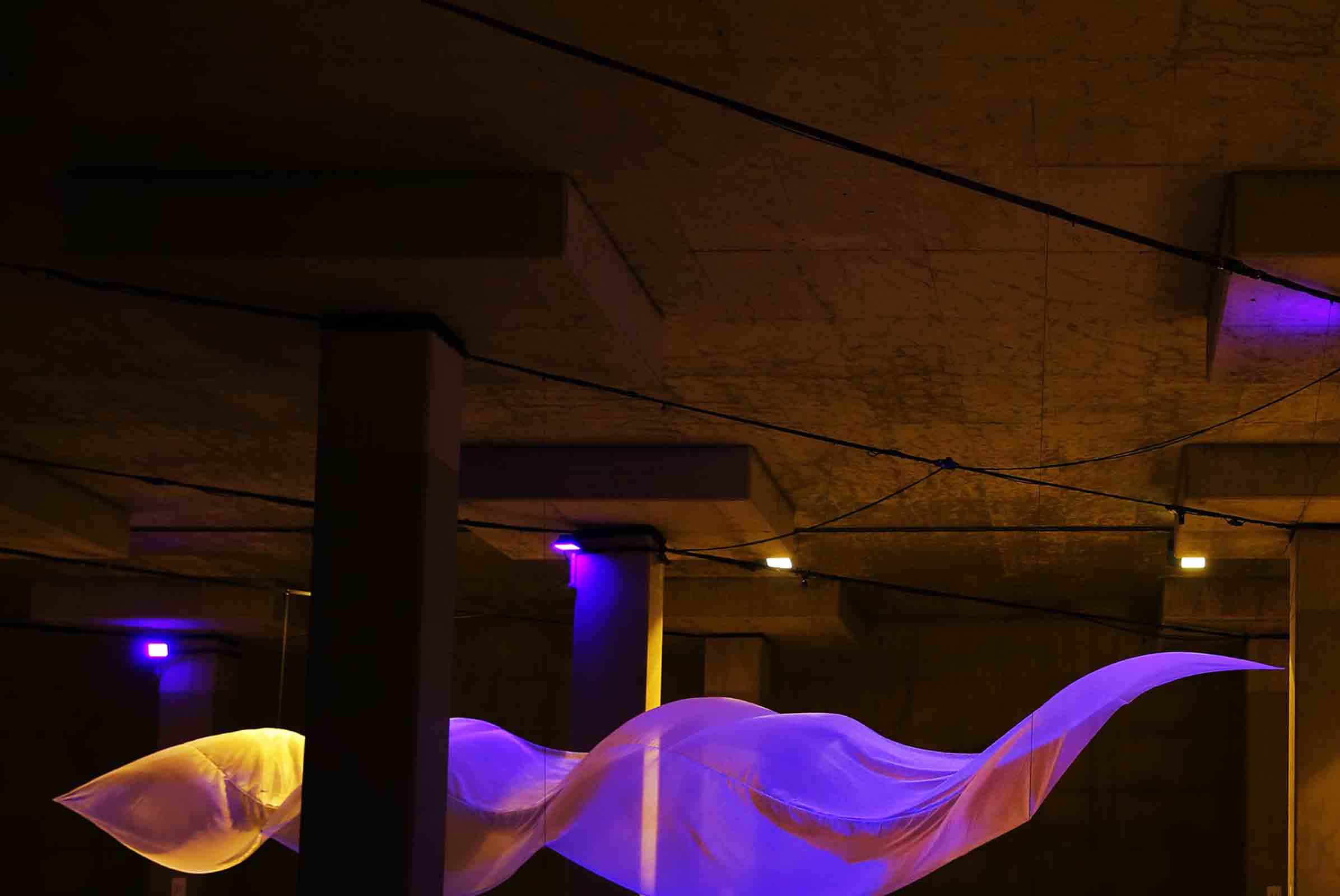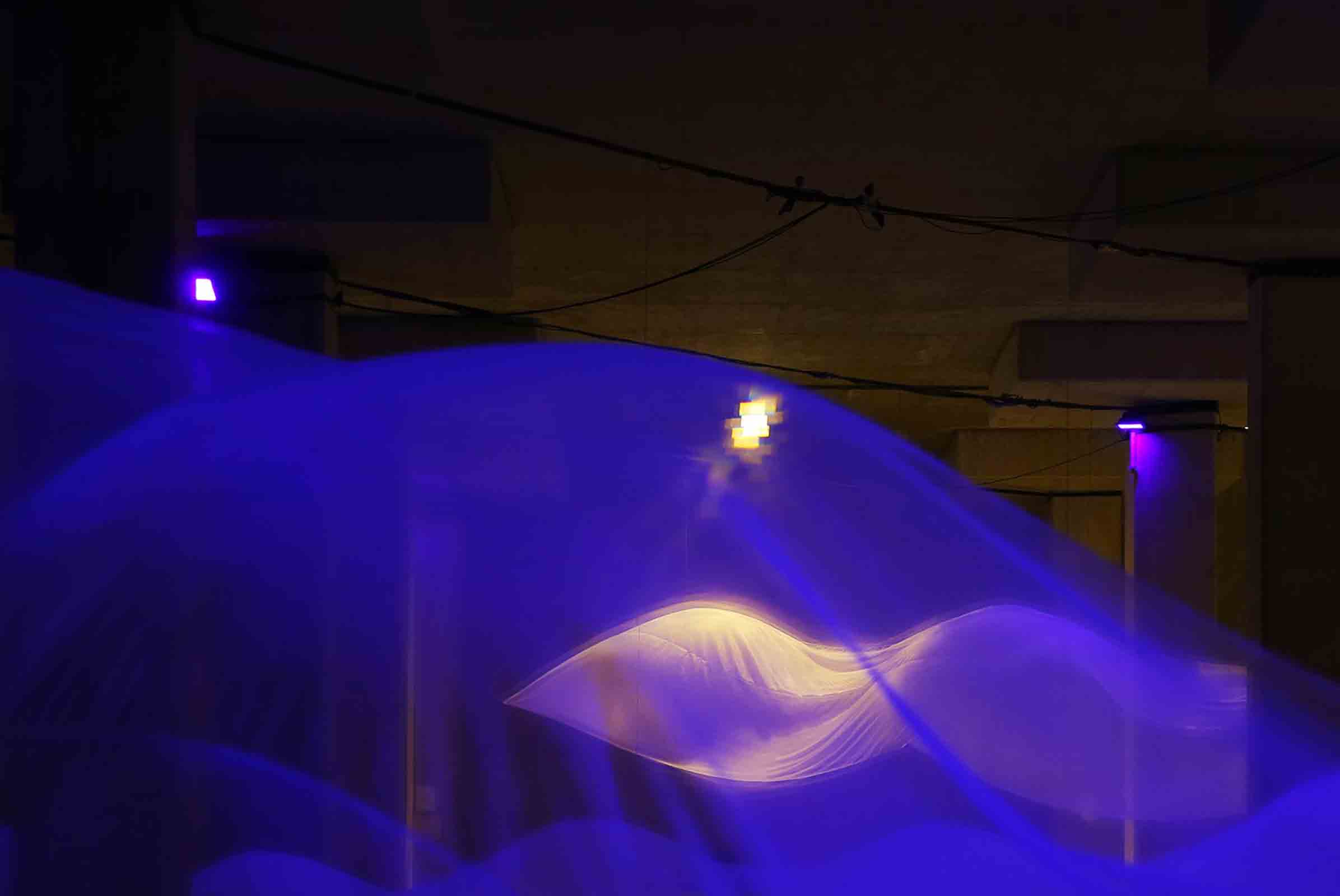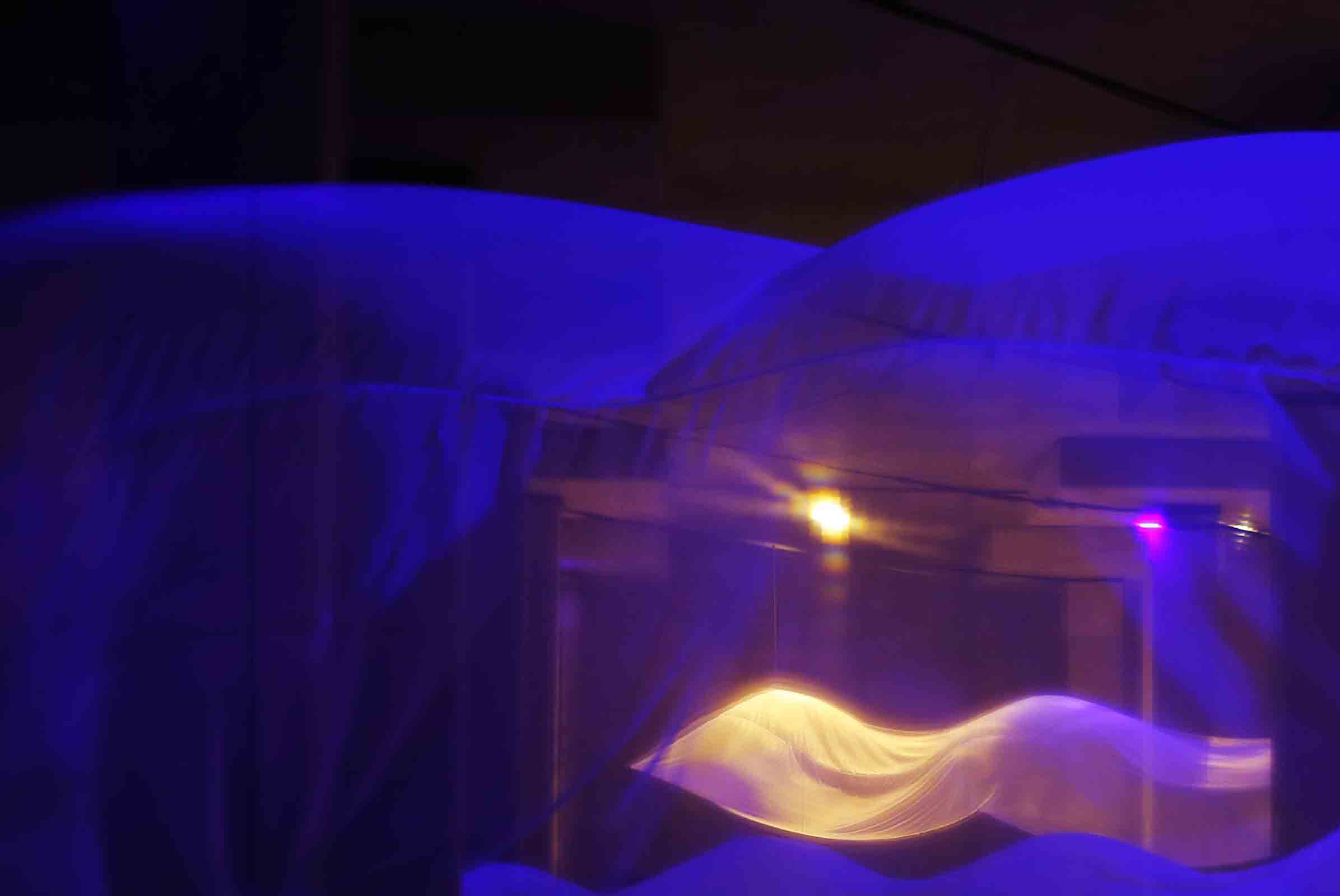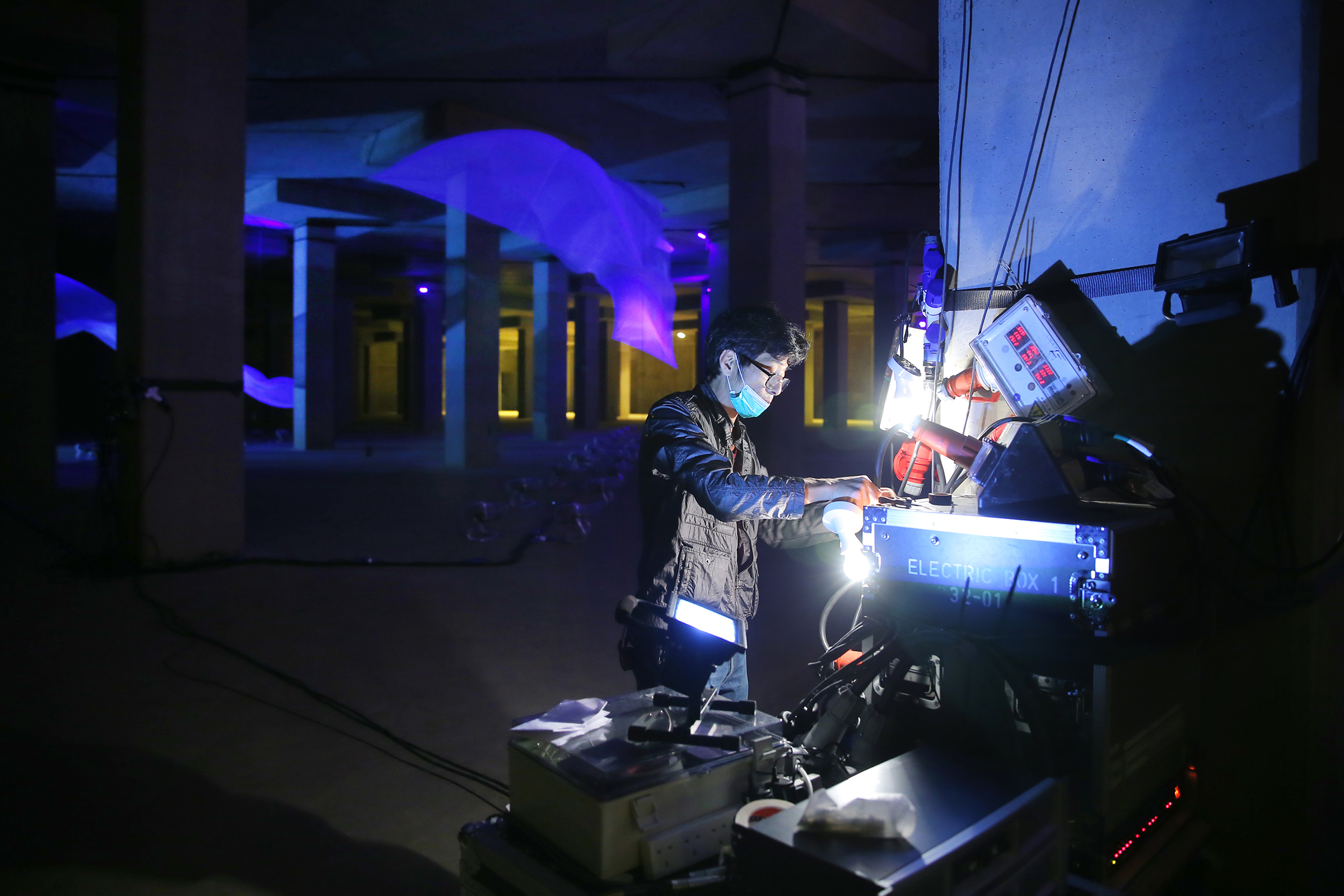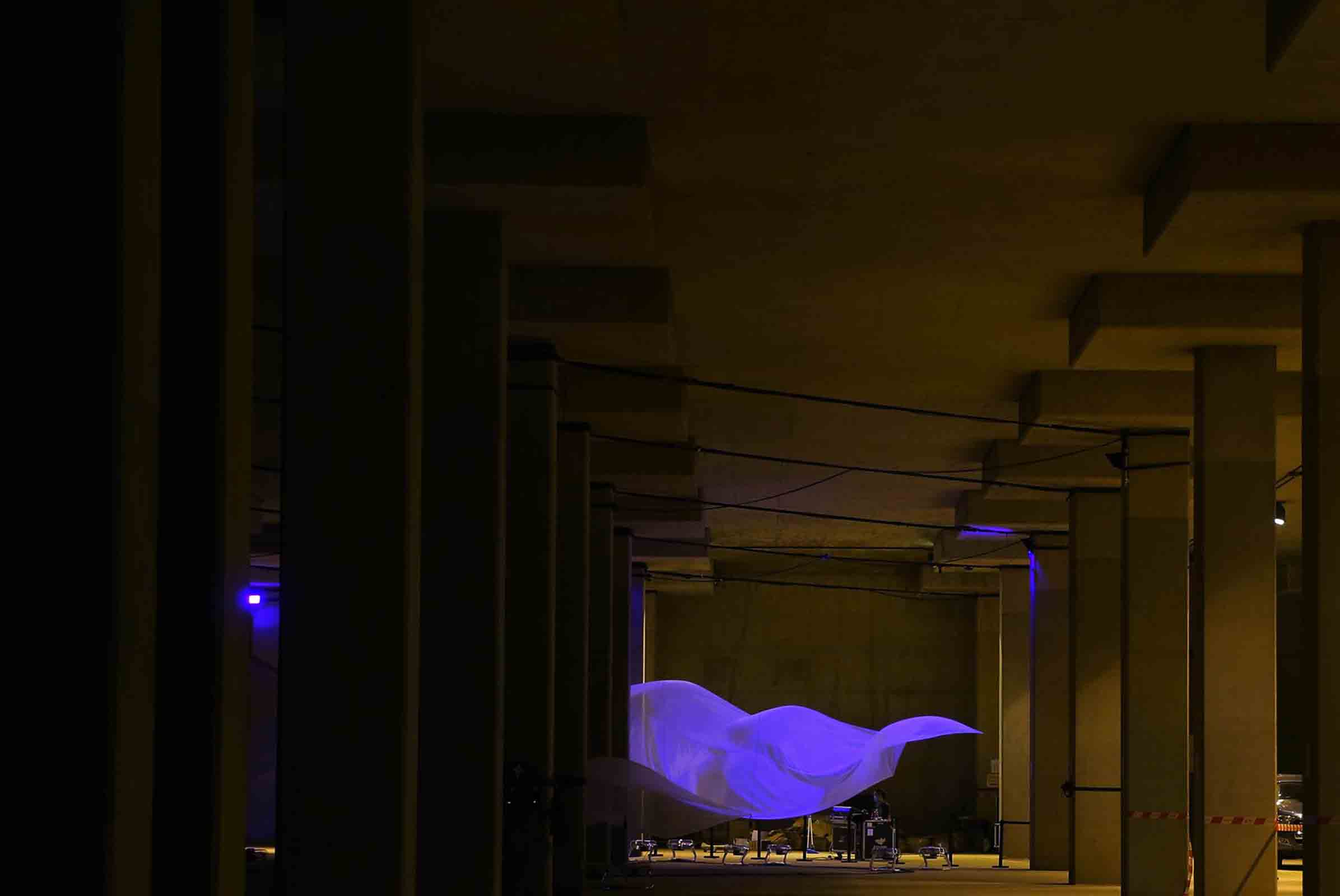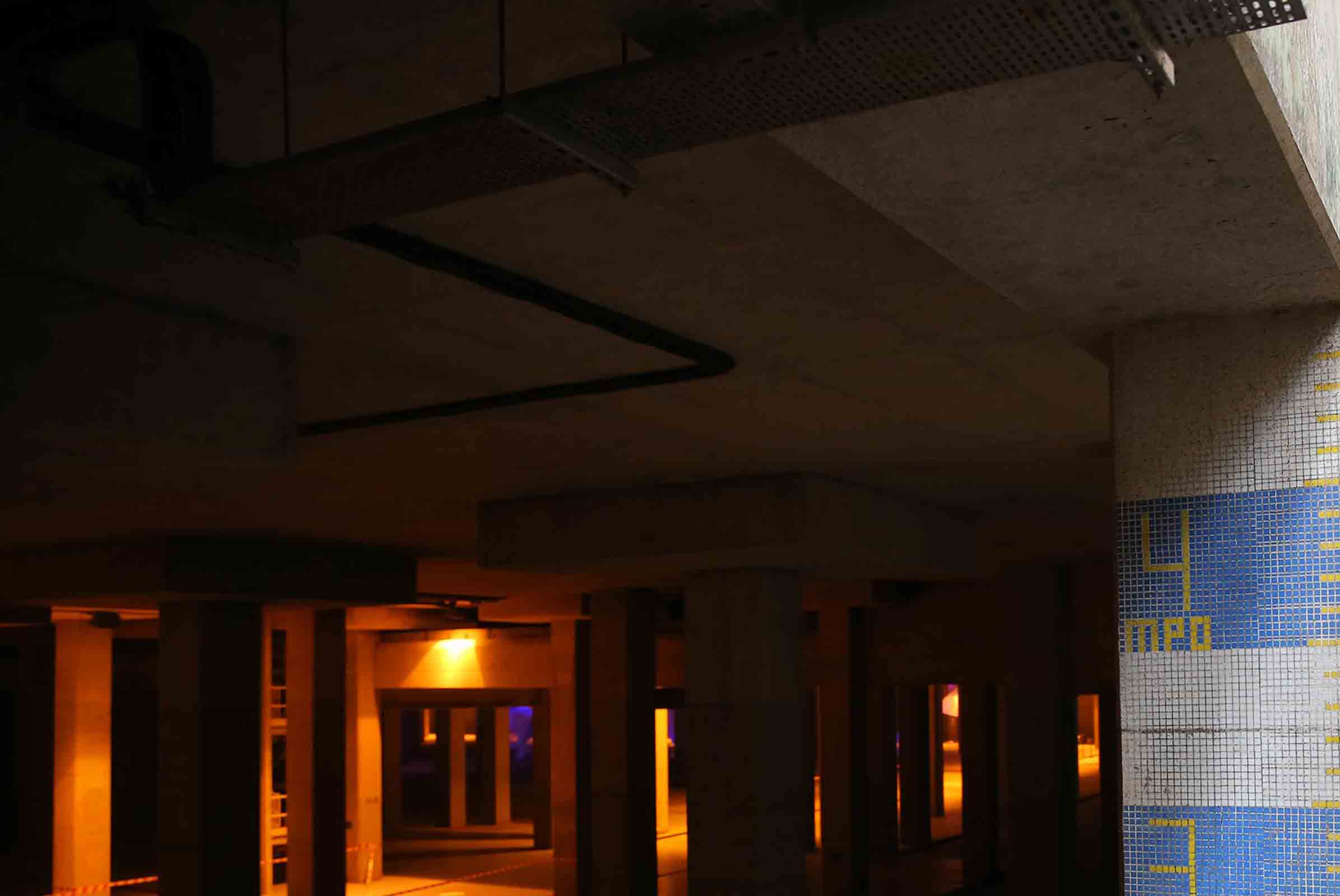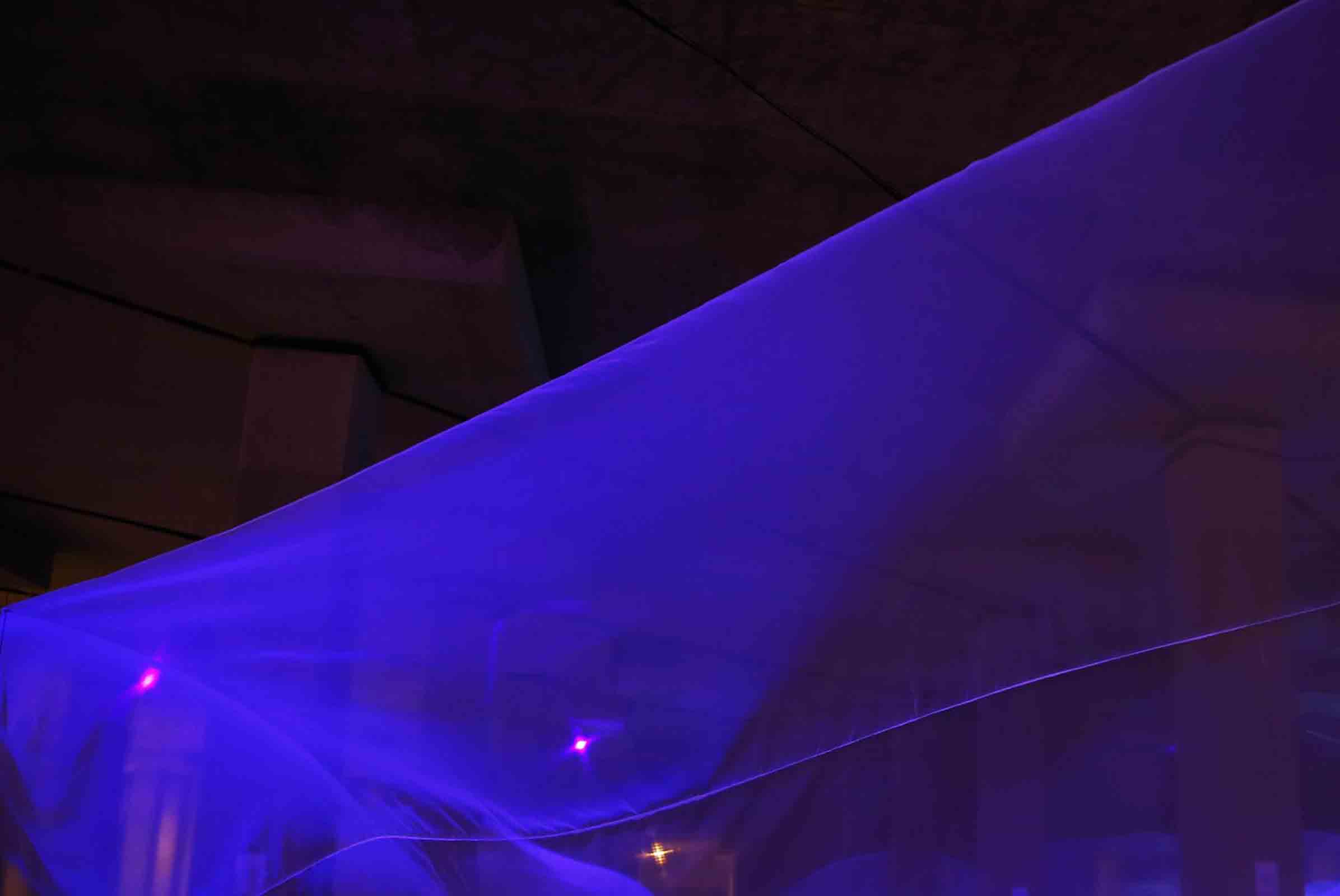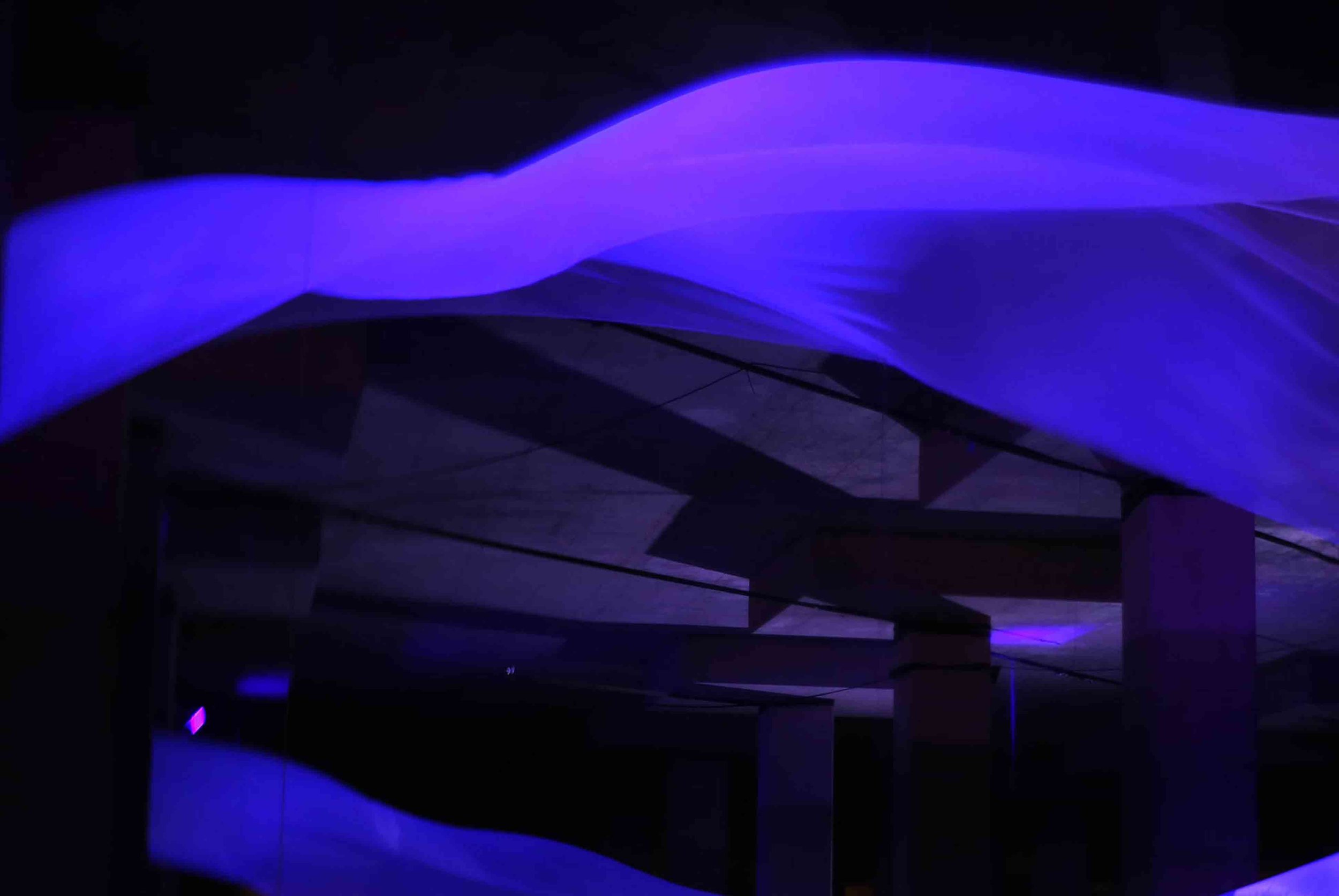After the Deluge

Hong Kong artist Kingsley Ng's latest installation highlights the city's progress in floodwater management
Hong Kong doesn't have a strong tradition of public art. While this is partly due to its lack of public space relative to other major cities, it's difficult to avoid the notion that there simply hasn't been the impetus for the type of consciousness-raising installation seen overseas; rather, art has often been seen as something to put away - even sanctioned street art has been a recent development.
Fortunately, the city is changing its view and a new generation of artists is leading the way. Kingsley Ng's latest installation After the Deluge depicts the city's transformation in the wake of better floodwater management, and is a companion piece to his Adelaide meditations on drought shown at CACSA.
The installation's English title evokes the renewal after a flood, while its Chinese title is a play on ancient Chinese ruler Yu the Great, who was known for his flood control.
This is all interesting enough, but the work's significance lies in its use of public space to pay tribute to the city. Ng and his large team collaborated with the Drainage Services Department to house the installation in the Tai Hang Tung Stormwater Storage Tank, which was completed in 2004 as a solution to worsening flooding brought about by continual land reclamation that left rainwater with farther to go to the sea. The project was completed in four years and has been successful in eliminating flooding.
Visitors make their way from the meeting point above ground to the tank entrance listening not to a docent but to a somewhat literal score by the project's composer Angus Lee. Once underground in the tank (dry during the winter), they tread a dimly lit path to the edge of a vast space that uses an orchestra of fans, lights, speakers and an ocean of floating material that depicts the rising and falling of the titular deluge. While Ng intended the work to be light — after all, it is a tribute — it's difficult not to feel at least a little overwhelmed, much like the area's working-class residents who for decades were forced to spend rainy seasons wading through rank, dangerous waters and whose stories are touchingly depicted in curator Stephanie Cheung's accompanying booklet.
The installation is open to the public through January.
Text / Philip Annetta

